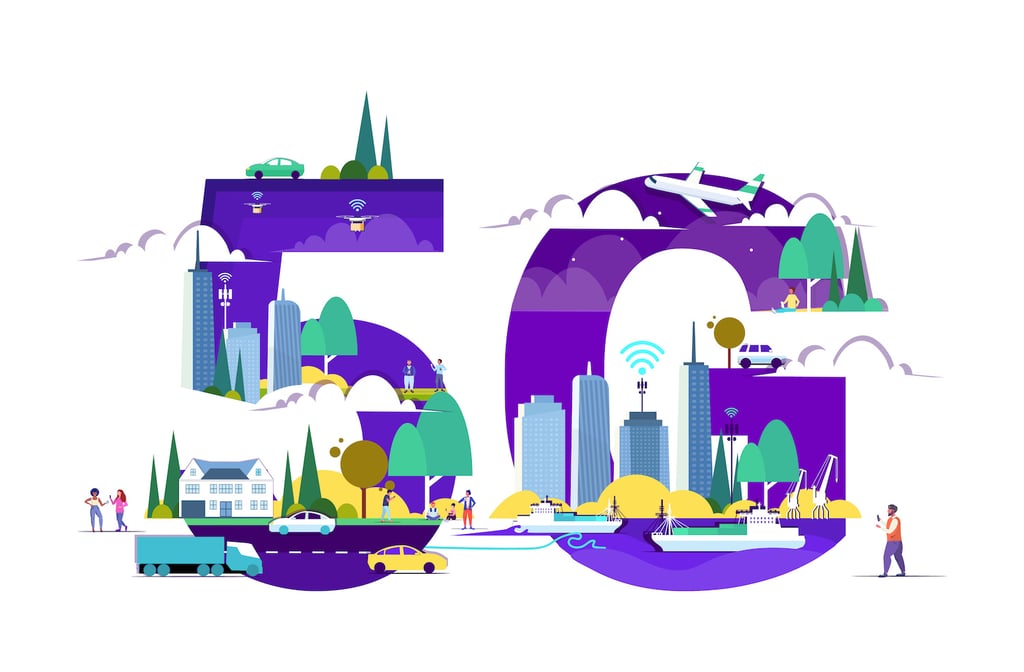One of the biggest advances in the evolution toward 5G is network slicing. It has extravagant promise. All that has to happen is for it to be invented.
It’s a significantly new approach that will have profound impact on how telecommunications networks are used. Up until this point, what a customer saw is what it got. A 3G or 4G network would provide a certain amount of bandwidth and a certain speed. A subscribing customer would opt to use that network.
In a network slicing environment, a single network is divided into multiple virtual networks. Each of these has unique characteristics that suit a particular use case. RCR Wireless, in a story about the launch of the Public Private Partnership’s (3GPP) 5G Mobile Network Architecture (5G MoNArch), described the network slicing approach:
With this technology, operators can essentially provide optimal support for any type of application on a network-as-a-service basis. Whether it’s a internet of things smart meter sending small, intermittent transmissions or a mission critical service like remote industrial control requiring high capacity and low latency, a bespoke network slice would be automatically created to fit the exact needs–nothing more, nothing less; this enhances operational efficiencies and speeds time-too-market.
The two-year project will have contributions from telcos, academia and industrial companies. Nokia is coordinator. Other participants are the Universidad Cárlos III de Madrid, Deutsche Telekom, ATOS Spain, CEA-LETI, CERTH/ITI, Hamburg Port Authority, Huawei, Mobics Telecommunication and Consulting Services, Nokia Bell Labs France, Nomor Research, Real Wireless, Samsung Electronics, Telecom Italia and Technische Universität Kaiserslautern.
Insight into the technology and the challenges of making it a reality are offered by Patrick Nelson at Network World. He describes a “slight hiccup”: So much of 5G is unsettled that there is no agreement about how to design network slicing. That, presumably, is the raison d’être for 5G MoNArch. At the highest level, Nelson explains, 5G planners will designate what types of services must be supported (health care, smart meters, drones, etc.). Zones will be created for each use case. That zone will lie dormant when not in use.
The challenges are obvious. Orchestration of bandwidth, latency, capacity and reliability must be made for each unique slice, Nelson writes.
Network slicing and other technologies may be too demanding to be developed and introduced all at once. Daniel Fuller at Android Headlines suggests that 5G technologies may be introduced onto LTE networks. This would increase performance in the short term and give developers some breathing room. For this reason, users would see significant increases in performance as new elements are introduced over time.
Carl Weinschenk covers telecom for IT Business Edge. He writes about wireless technology, disaster recovery/business continuity, cellular services, the Internet of Things, machine-to-machine communications and other emerging technologies and platforms. He also covers net neutrality and related regulatory issues. Weinschenk has written about the phone companies, cable operators and related companies for decades and is senior editor of Broadband Technology Report. He can be reached at cweinsch@optonline.net and via twitter at @DailyMusicBrk.










